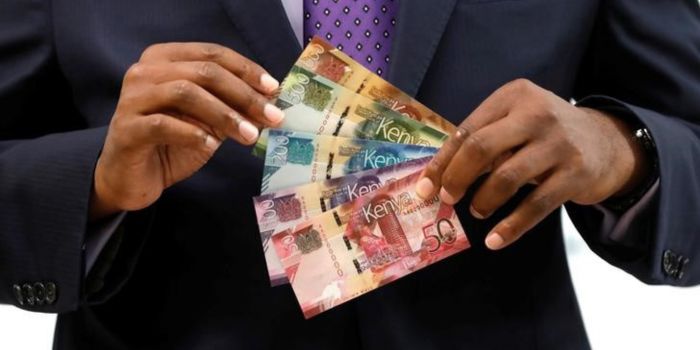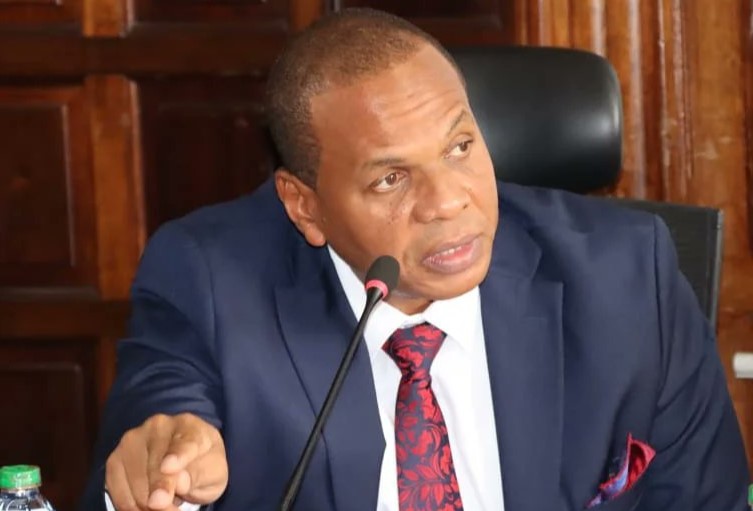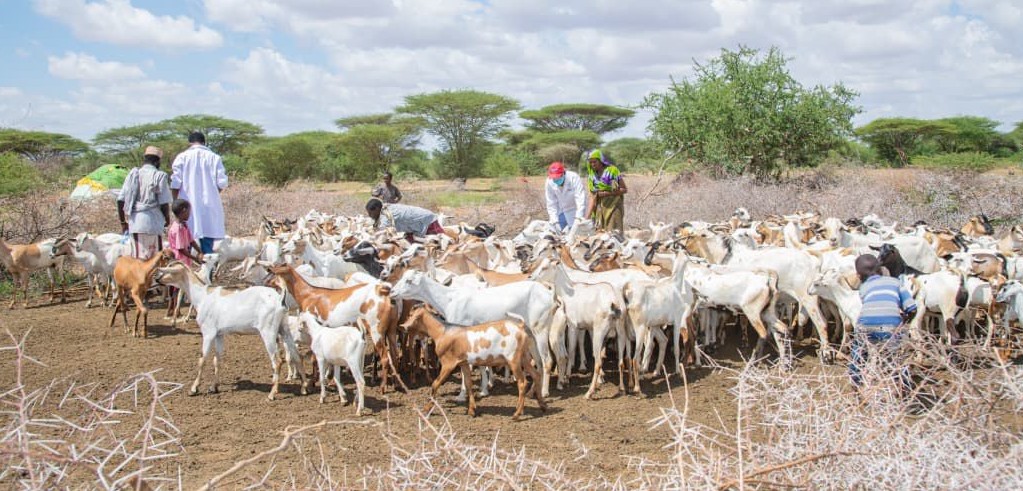Good news for Kenya shilling as reserves rise to 11-month high

The record is also an 11-month high rise, as such a record was last witnessed on July 20, 2023, signalling better prospects for the local currency, hence reduced importation costs.
Kenya's usable foreign exchange reserves rose to $8,321 million (Sh1.07 trillion) or just about 4.3 months of import cover for the week ending June 20.
This is the first record level this year where the reserves have risen above the statutory level.
More To Read
- CBK data shows Sh344 billion decline in mobile money transactions, steepest drop in 18 years
- CS Mbadi tables new banking rules targeting non-compliance, unethical practices
- Kenya’s exports to EAC partners grow as diaspora sends Sh1 trillion home
- CBK targets Sh40 billion in new Treasury bond auction
- Diaspora remittances from Saudi Arabia fall to four-year low after new work permit rules
- Businesses project job growth, stronger sales as festive season draws near
The Central Bank of Kenya endeavours to maintain at least four months of import cover at any given time.
The record is also an 11-month high rise, as such a record was last witnessed on July 20, 2023, signalling better prospects for the local currency, hence reduced importation costs.
If maintained above the mark for some time this month, it could mean relief for consumers due to the strengthening shilling.
The reserves have rallied below the 4.0 mark for the better part of this year and last year, putting pressure on importers who mostly seek the reserve for their imports.
The reserve bank often sells an unspecified amount of dollars from the reserves to cushion the local currency by increasing the number of dollars circulating in the interbank and money markets.
Countries also rely on FX reserves to repay external debts, as they are mostly dollar-denominated, finance imports, and act as buffers to potential external shocks for the country.
Although the CBK did not give reasons for the rise in reserves in the week under review, experts explain that reserves normally rise when it receives a foreign loan and remittances and dwindle when the bank repays interest or principal on government debts.
The rise in reserves significantly supported the shilling in the week ending June 20. The apex bank quoted the shilling at 128.63 on Monday.
Now on a gaining streak, the shilling has strengthened by about 21 per cent from the lows of 161 sometime in January this year.
Top Stories Today











































